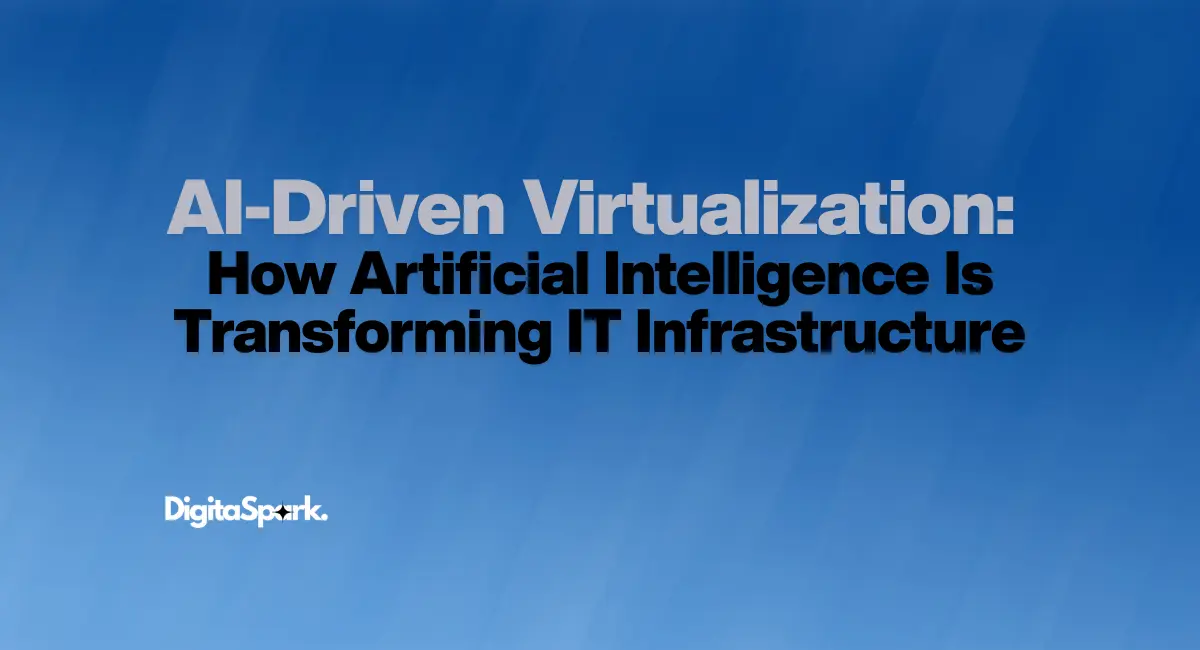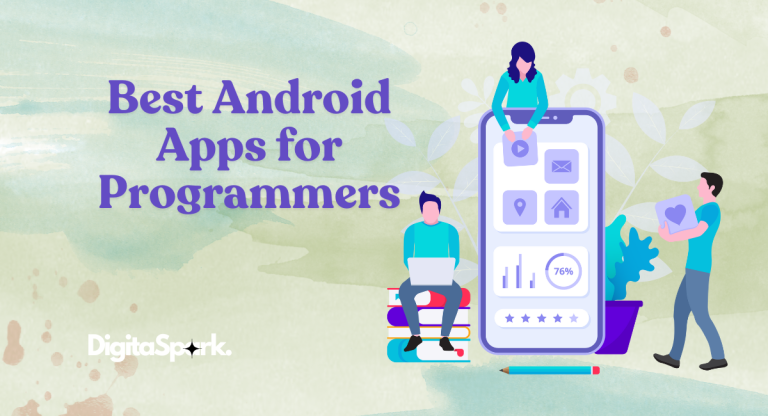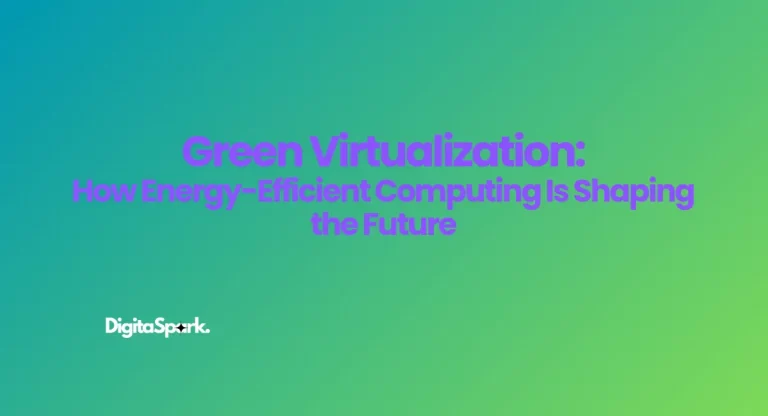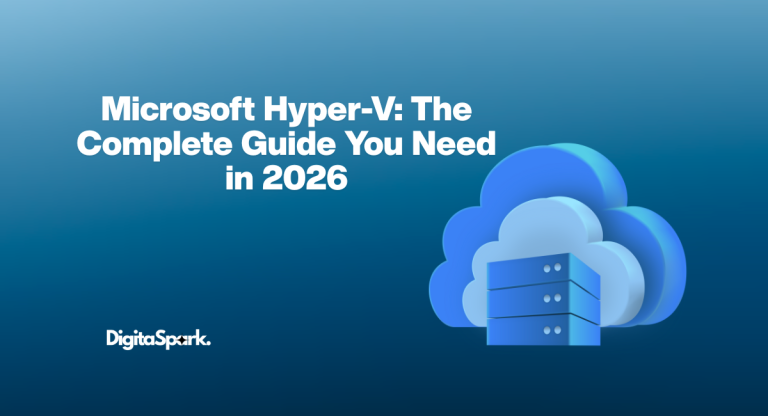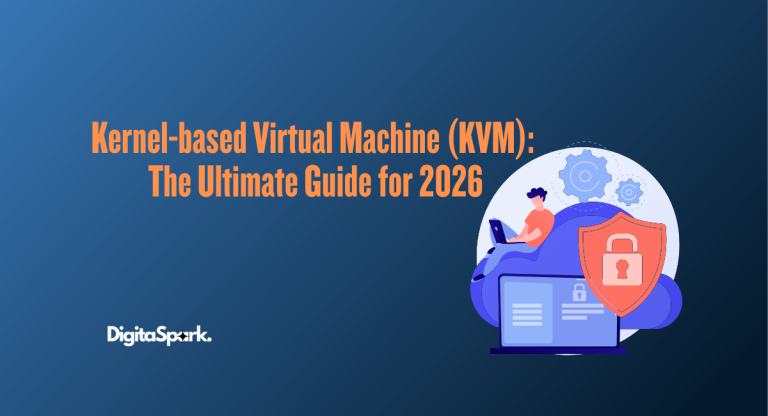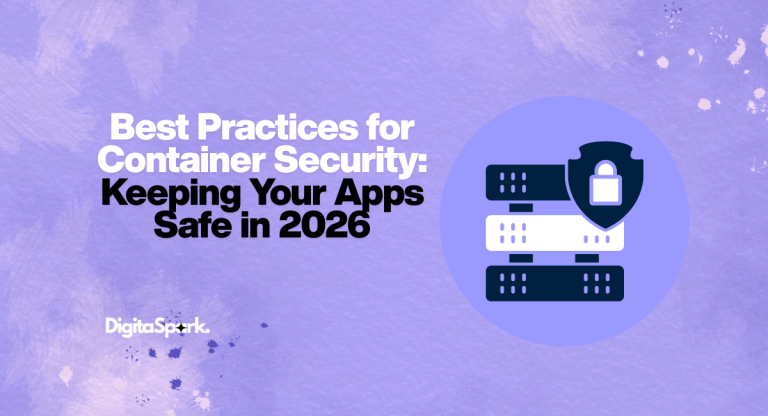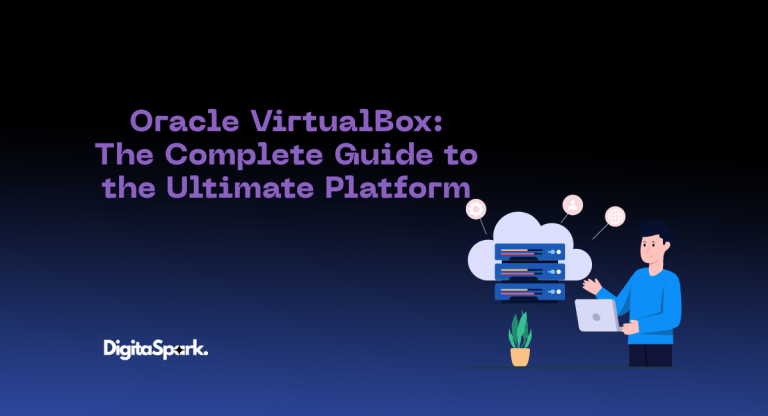AI-Driven Virtualization: How Artificial Intelligence Is Transforming IT Infrastructure
I still remember when virtualization first became mainstream — when IT admins realized they could run multiple virtual machines on a single physical server, and it felt revolutionary. It completely changed the way data centers operated, boosting efficiency and reducing hardware dependency. Then came cloud computing, pushing flexibility to new heights. But now, we’re entering another transformation — one driven by artificial intelligence (AI). If you’re unfamiliar with the concept of virtualization, I have written an in-depth blog about Virtualization.
AI isn’t just improving virtualization — it’s redefining it. It’s turning static, pre-configured systems into intelligent, self-optimizing environments capable of adapting in real-time. The combination of AI and virtualization is changing how businesses deploy, manage, and secure their infrastructure. Let’s explore how this powerful duo is shaping the next generation of IT.
What Is AI-Driven Virtualization?
In simple terms, AI-driven virtualization refers to using artificial intelligence and machine learning (ML) technologies to automate and optimize virtualized IT environments. Traditional virtualization allows multiple virtual machines (VMs) or containers to run on a single physical host. AI adds an intelligent layer on top of that — one that can analyze workloads, monitor performance, predict potential issues, and even self-correct without human intervention.
Instead of system administrators manually allocating CPU, memory, and storage resources, AI models can learn from historical data and dynamically assign resources where they’re needed most. The result? Improved performance, better resource utilization, and fewer bottlenecks.
Why AI and Virtualization Are a Perfect Match
Virtualization has always been about efficiency — getting the most out of existing hardware. AI’s strength lies in optimization and prediction. When you combine the two, you create a system that doesn’t just run efficiently but learns to get better over time.
Here’s how they complement each other perfectly:
- Data-Driven Optimization: AI analyzes vast amounts of operational data from virtual machines, containers, and networks to find inefficiencies that humans might overlook.
- Automation of Complex Tasks: Tasks like workload balancing, patching, or system scaling can be automated intelligently.
- Proactive Problem-Solving: Instead of waiting for something to break, AI predicts failures and applies fixes before they cause downtime.
This intelligent automation frees IT professionals from repetitive maintenance tasks so they can focus on innovation.
How AI Is Transforming Virtualization
Let’s dig deeper into the key areas where AI is having the biggest impact.
1. Intelligent Resource Management
One of the biggest challenges in virtualization is deciding how to allocate computing resources. Over-provisioning wastes resources, while under-provisioning causes performance issues.
AI algorithms analyze workload patterns, usage trends, and performance data in real time to predict future needs. For instance, if a virtual machine typically experiences heavy traffic during certain hours, AI can automatically allocate additional CPU or memory resources during that period — and scale back once the load drops.
Tools like VMware vRealize Operations and Microsoft Azure AI already leverage this kind of intelligent automation to keep environments balanced and efficient.
2. Predictive Maintenance and Failure Prevention
Downtime can be incredibly costly, both financially and reputationally. Traditionally, admins would react to hardware or software issues after they occurred. AI changes that by predicting problems before they happen.
By analyzing system logs, performance data, and usage patterns, AI models can identify early warning signs of potential hardware failures or system crashes. These insights allow teams to take preventive action — replacing a failing component, optimizing a VM, or applying a fix — before downtime ever occurs.
This kind of proactive management dramatically increases reliability and reduces the need for emergency maintenance.
3. Enhanced Security and Threat Detection
Virtualized environments can be complex, and managing security across multiple VMs and containers can feel like playing whack-a-mole. AI helps simplify that.
Through machine learning, AI can detect unusual behaviors — such as a virtual machine suddenly using more bandwidth than normal or accessing unfamiliar data stores. These deviations can signal malware or insider threats. AI-driven security systems, like VMware NSX Intelligence and CrowdStrike Falcon, continuously learn from network behavior and adapt to new threats in real time.
This kind of adaptive, context-aware security makes AI an invaluable ally in protecting virtualized infrastructure.
4. Automated Workload Balancing
In large-scale virtualized environments, workloads often fluctuate. AI ensures they are distributed optimally across servers to avoid bottlenecks.
For example, if one virtual machine starts consuming excessive resources, AI can automatically migrate workloads to less busy servers or adjust container deployments. This process, known as dynamic workload balancing, keeps performance consistent and prevents slowdowns — all without human input.
5. Energy Efficiency and Sustainability
Energy consumption is a major concern for modern data centers. Overheating servers and underused resources can drive up both costs and environmental impact.
AI-driven virtualization helps optimize energy use by shutting down idle VMs, consolidating workloads, and managing cooling systems more efficiently. Platforms like NVIDIA AI Enterprise and HPE InfoSight have integrated AI features that not only improve performance but also reduce carbon footprints.
By making infrastructure smarter and greener, AI supports sustainability goals while saving money on operational costs.
6. Smarter Infrastructure Orchestration
Virtualization today isn’t limited to servers — it includes networks, storage, and even edge devices. Managing this complexity manually is nearly impossible.
AI brings orchestration to a new level by coordinating virtual machines, containers, and cloud services intelligently. Using predictive analytics, it can determine where to deploy workloads — whether on-premises, in the cloud, or at the edge — based on latency, cost, and performance requirements.
This multi-layered orchestration gives businesses flexibility without sacrificing control.
The Role of AI in Cloud and Edge Virtualization
As cloud and edge computing continue to evolve, AI-driven virtualization is becoming the backbone of modern infrastructure. In hybrid environments — where workloads move seamlessly between local servers and cloud platforms — AI plays the role of a “traffic controller.”
It ensures that critical applications run on low-latency edge nodes while less time-sensitive processes stay in the cloud. This not only improves user experience but also minimizes costs and bandwidth usage.
AI also helps with auto-scaling, a process where systems automatically add or remove virtual resources based on demand. For example, during high-traffic events like Black Friday sales or online gaming tournaments, AI can instantly spin up additional virtual servers to handle the load — then scale back down once traffic stabilizes.
Real-World Examples of AI in Virtualization
Several companies are already leading the way in integrating AI with virtualization:
- VMware vSphere with Tanzu: Uses AI and ML to monitor performance, predict bottlenecks, and automatically optimize workloads.
- Nutanix Prism: Offers AI-driven analytics that simplify infrastructure management and resource planning.
- Microsoft Azure Automanage: Uses machine learning to automate updates, backups, and configuration compliance for virtual machines.
- Red Hat OpenShift: Employs AI for optimizing container orchestration and performance across hybrid clouds.
These tools show how AI is no longer just a futuristic concept — it’s already reshaping the virtual landscape.
Challenges and Considerations
Despite its benefits, AI-driven virtualization isn’t without challenges. Implementing it requires access to large amounts of quality data, robust machine learning models, and sometimes significant hardware resources.
There’s also a learning curve for IT teams who need to understand how to interpret AI-generated insights. Moreover, privacy and data governance become crucial when AI systems analyze sensitive infrastructure data.
Still, as AI tools become more accessible and integrated into existing virtualization platforms, these barriers are gradually decreasing.
The Future of AI-Driven Virtualization
Looking ahead, the combination of AI and virtualization will likely lead to fully autonomous infrastructure — systems that self-configure, self-heal, and self-optimize with minimal human oversight.
We’ll see AI agents capable of making real-time deployment decisions, predicting future capacity needs, and dynamically adjusting network configurations. As AI models become more sophisticated, virtual environments will evolve into self-sustaining ecosystems — reliable, efficient, and intelligent by design.
This shift won’t just improve IT operations — it will redefine what’s possible in enterprise computing.
Final Thoughts
AI-driven virtualization represents the next stage in IT evolution. It combines the flexibility of virtual infrastructure with the intelligence of machine learning to create systems that are faster, smarter, and more resilient.
Organizations that adopt this technology early are positioning themselves for a future where infrastructure doesn’t just support business — it actively enhances it. Whether it’s predictive maintenance, autonomous resource management, or sustainable operations, AI is turning virtualization from a static framework into a dynamic, living system.

